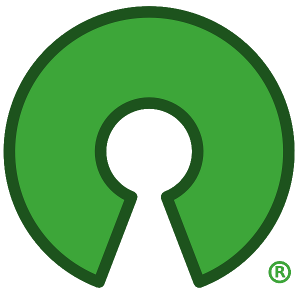

Effective advertising has a clear and simple visual language, and this is what UIs should strive for.
Interfaces can be needlessly complex regardless of being flat or skeuomorphic.
But flat interfaces still require mental effort to parse. Especially when the interface is complex and/or crowded and you’re trying to pick out active UI elements amongst decorations like group boxes/panels.
Essentially, flat interfaces are currently popular because of touchscreen devices. Touchscreen devices have limited space and thus need simplistic UI elements that can be prodded by a fat finger on a small screen.
But I don’t need a flat touchscreen-friendly interface on my non-touch dual 24" monitors with acres of screen real estate. I need an interface that nicely separates usable UI elements from the rest of the application window. That means 3D hints on a 2D screen, which allows my monkey-brain with five million years of evolved 3D vision the opportunity to run my “click the button” mental command as a background process.






Does it download the actual music tracks from youtube-music, or does YouTube helpfully provide the video version of the music?
I’ve used a few downloaders and it seems these days that every music video is a whole “production” with 30 seconds of dialogue and intro before the actual music starts, or there’s background noise over the first dozen bars (because the artist is in a cafe or car park or on the train in the clip) and all of that is just a bit tedious when listening to the audio only.